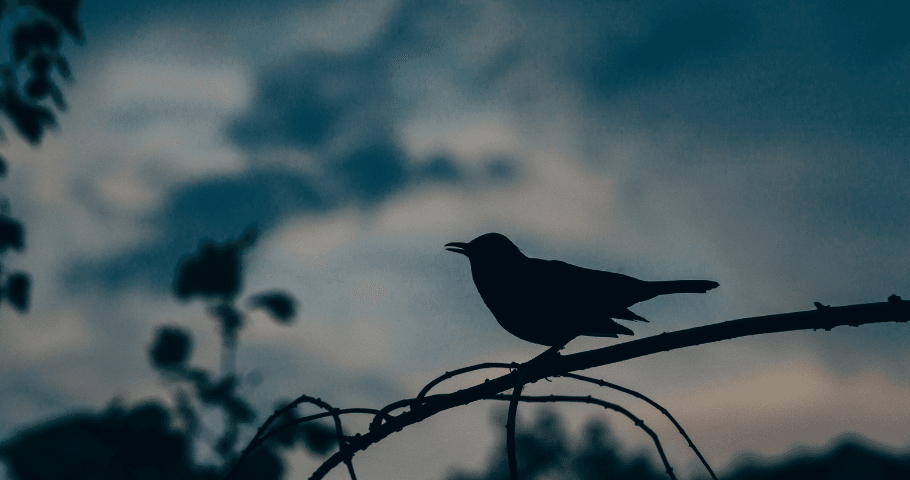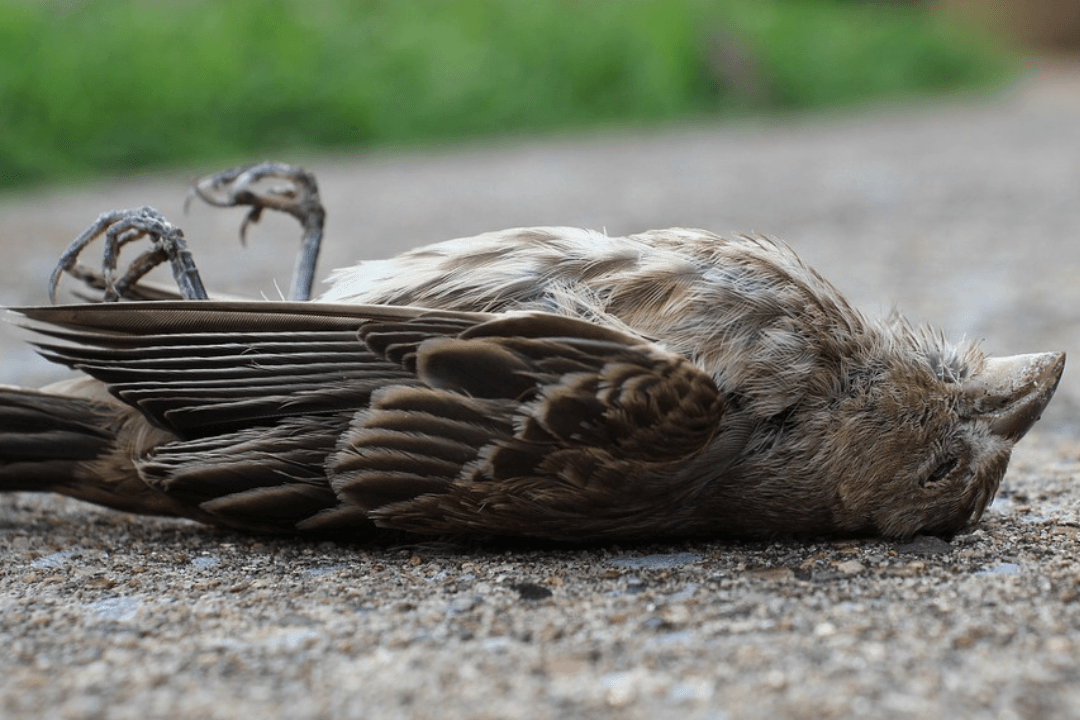
Published September 12, 2024
Big Nights & Bird Strikes
Well over 1 MILLION birds passed over Rhode Island on the evening of September 10-11, 2024. The following morning, Audubon Director of Avian Research Dr. Charles Clarkson hit the streets in Downtown Providence to see how these birds fared.
Throughout a 2.5-mile loop, he found four dead birds and a handful of others injured.
Newly published research shows that the current data on bird deaths due to window collisions are likely underestimated: many injured or stunned birds can fly away from their collision site and/or are taken to wildlife rehabbers, but then later die and are not necessarily included in window-collision mortality data. The new estimate is “…well over 1 billion birds…” in the United States alone.
Birds on the Move: More "Big Nights" Are Coming
BirdCast is estimating large migration numbers for Friday and Saturday night – and you can help birds pass safely through by:
- turning off all non-essential lighting from 11:00 pm until 6:00 am
- keeping your cats indoors
- and putting bird-strike decals on your windows.
There are other things you can do too– read more tips for helping birds during migration!


















